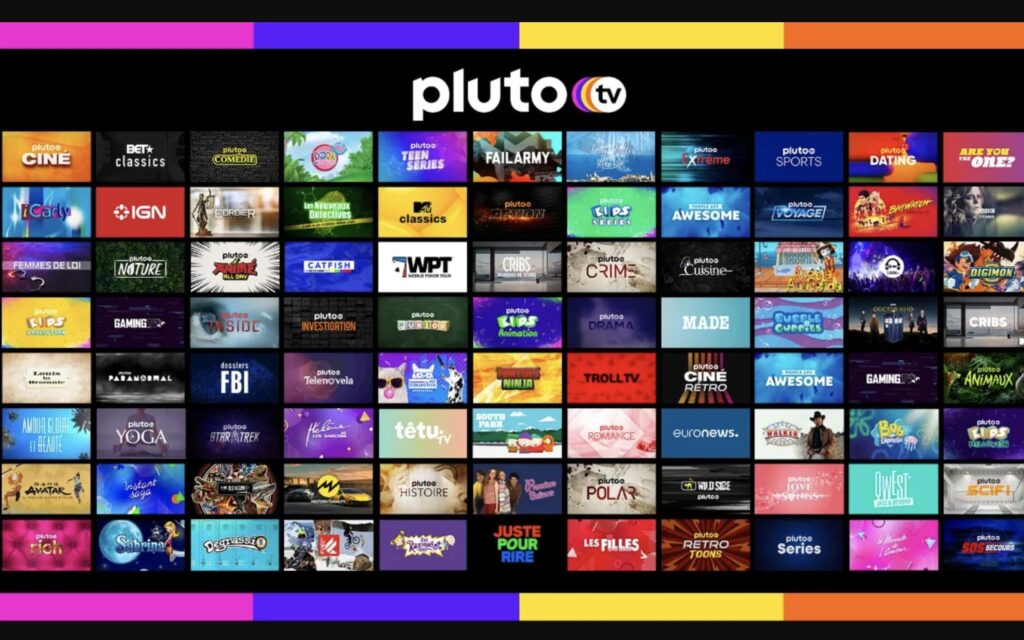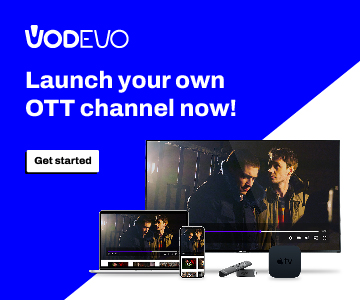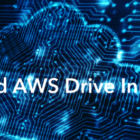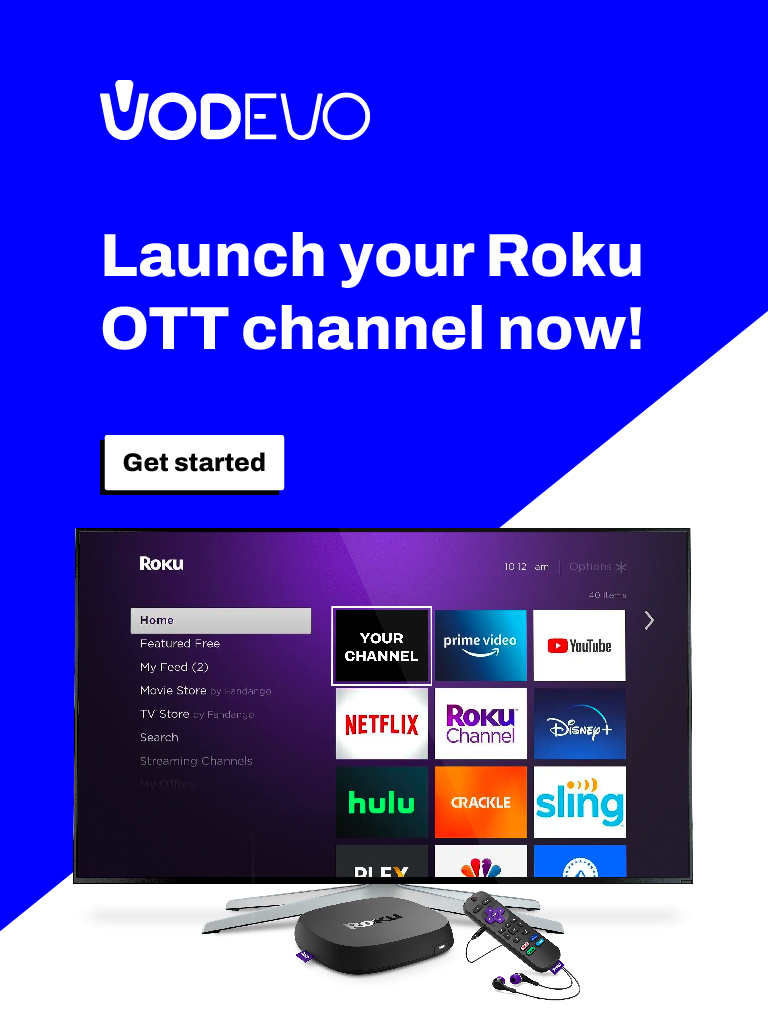The year 2024 is poised to solidify the transitions that have been evolving in previous years, particularly in key sectors. Let’s delve into the various initiatives shaping the industry landscape and attempt to gauge their impact.
AI Revolution
No discussion about the future is complete without acknowledging the pivotal role of AI. OpenAI’s unveiling in November 2022 thrust AI into the forefront, making it a reality for millions.
While AI has predominantly influenced production and post-production, 2024 will witness its full potential in distribution, particularly in real-time applications. Expect AI-driven live subtitling that transcends language barriers, complying with local regulations.
Conversational interfaces powered by AI will redefine user interactions, simplifying content discovery and enhancing engagement. Public Cloud will be indispensable for supporting AI training, introducing novel concepts and phasing out outdated legacy systems.
Scaling Delivery
The acceleration of massive live sports events, notably in the US, has seen hyperscalers acquiring exclusive rights. In response, traditional public CDNs are evolving. Edge Caching, a collaboration between CDNs and ISPs, will become more prevalent, providing on-demand capacity aligned with dynamic sporting events. Tier-1 ISPs building their CDNs is a growing trend, offering an alternative way to scale delivery. Multicast ABR, initially for ISPs, may extend through partnerships with content providers, requiring a key transition to Private Cloud with a Multi-access Edge Compute (MEC) dimension.
Streaming Cost Optimization
The surge in OTT app usage, with Omdia predicting 1.7 billion subscribers by ’24, amplifies the financial strain on streaming costs. Legacy codec optimization techniques, such as Context-Aware Encoding (CAE), will be crucial in achieving substantial savings. In 2024, expect a 100% AI-based solution to be deployed on existing codecs, with bitrate reduction techniques trialed for their impact on device interoperability. The collaboration of private and public clouds will play a significant role in optimizing VOD encoding for streaming.
FAST Evolution

Free Ad-Supported Streaming (FAST) platforms have neared saturation in the US, prompting enhancements in content quality to reduce churn. In 2024, new business models will emerge, expanding outside the US, with pay TV operators integrating FAST platforms. The convergence of business models and technology will lead to sophisticated content recommendation systems and targeted advertising. Public Cloud will support flexible playout, recommendation, and targeted advertising schemes, with leading FAST companies’ revenues expected to surpass $1 billion.
Pay TV 2.0: Disintermediation Continues
Pay TV will advance its super aggregation journey in 2024, with major channels offering live feeds and comprehensive apps encompassing various services. This systemic transformation will alter the physical location of video processing, impacting the encoding market. Some telcos will directly receive ABR feeds from content providers, reshaping the encoding and distribution landscape.
Sustainability Imperative
In 2024, sustainability takes center stage. Real-world measurements will highlight power consumption in the industry, influencing content encoding and transportation choices. Net neutrality discussions may resurface, empowering consumers to choose eco-friendly modes during peak times.
Optimizing HDR rendering on UHD TV sets will be a key focus to conserve power. The industry must recognize that HD transmission to a UHD screen incurs the same power cost as UHD itself, prompting a reevaluation of end-to-end streaming delivery workflows.
The coming year promises to be a dynamic chapter in the industry’s evolution, with these initiatives shaping the landscape and leaving a lasting impact on technology, content delivery, and sustainability.








